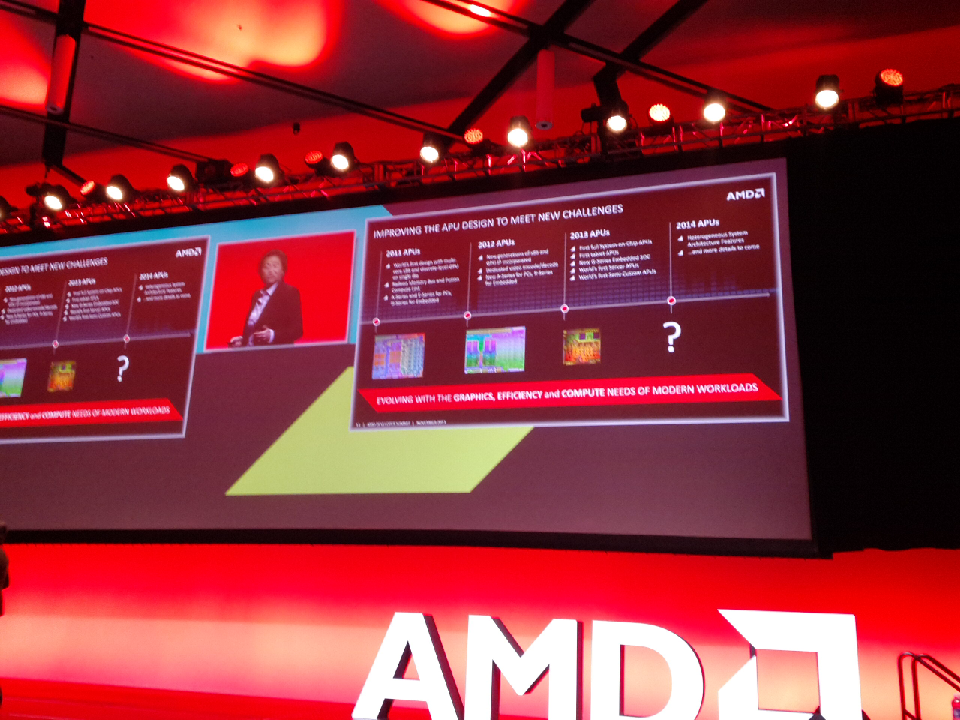Sorry for completely changing the subject, but I've just spotted something interesting about the desktop dual-core Haswell (i.e. i3) CPUs - they appear to be using the 177mm2 GT2 quad-core die. This is different from SNB/IVB where they released a dual-core die for i3, Pentium, Celeron. Well, Haswell does still have a dual-core die at 181mm2 but it includes the larger GT3 GPU, but it doesn't seem to be used in any socketed desktop parts.
Anandtech posted the die variants used here, on Haswell's release:
http://www.anandtech.com/show/7003/t...4560k-tested/5
I wonder if this has anything to do with Intel supposedly using the new Atom cores for Celeron and Pentium, and seemingly ditching the Atom brand in this area - that would likely drastically reduce the volume of the small GPU, dual core die, so now Haswell has done away with that die and is down to 3 variants - GT3 4C, GT2 4C, and GT3 2C, with what would've been the GT2 2C segment being filled by GT2 4C on desktop, and it seems the GT3 2C part in some of the lower TDP parts. (See Wikipedia).
Edit: Without meaning to read too much into this, as my above theory could well cover the decision, but I wonder if the following could be another reason? The previous strategy would mean any dies with only partially flawed quad CPU or high-end GPU would've been scrapped since the lower tier SKUs already had their dedicated dies - now they can 'die harvest' some of those for the 'virtual GT2 2C' parts.
I'm not sure how the costs would work out, but if yields were sufficiently high, a load of fully-working, larger (therefore more expensive to produce) dies would have to be sold as cheaper SKUs. I guess there would be a point, in terms of yield and volume, where it would just be cheaper to do as Intel have done previously and have a smaller, cheaper die for these SKUs? But then that leads back into my previous hypothesis - maybe the lower volume without Pentium/Celeron crosses that cost line?





 LinkBack URL
LinkBack URL About LinkBacks
About LinkBacks

 Reply With Quote
Reply With Quote
 Shame, solid start for a cheap Steam/MOBA box, though.
Shame, solid start for a cheap Steam/MOBA box, though.

